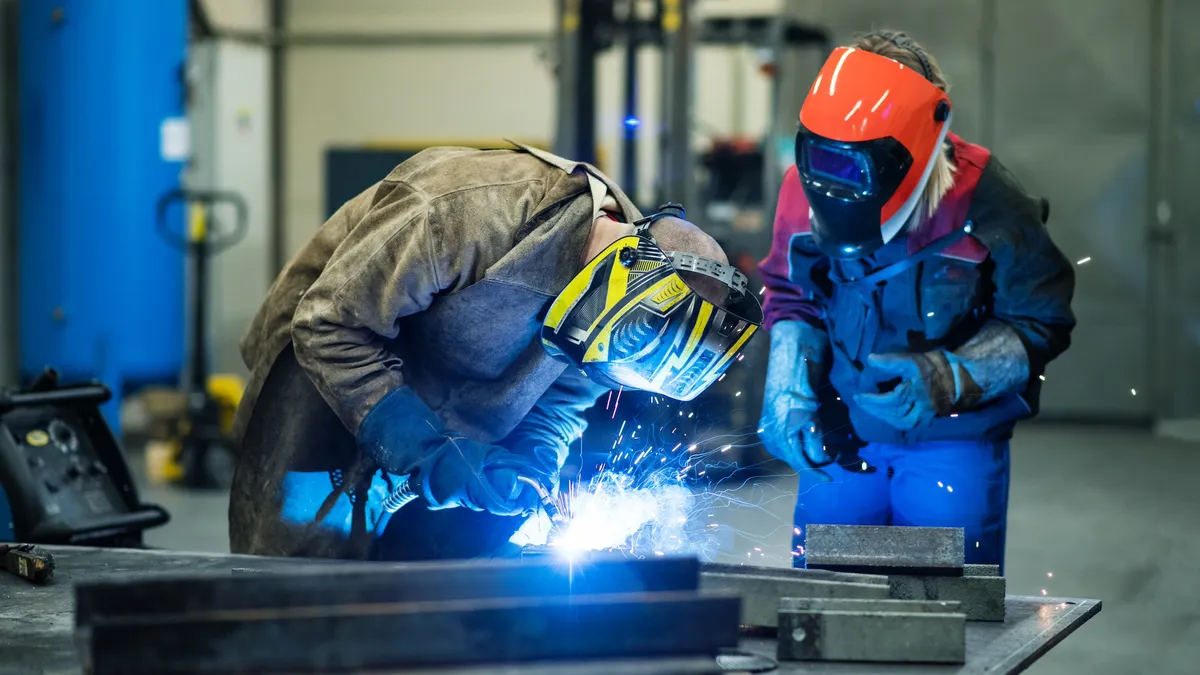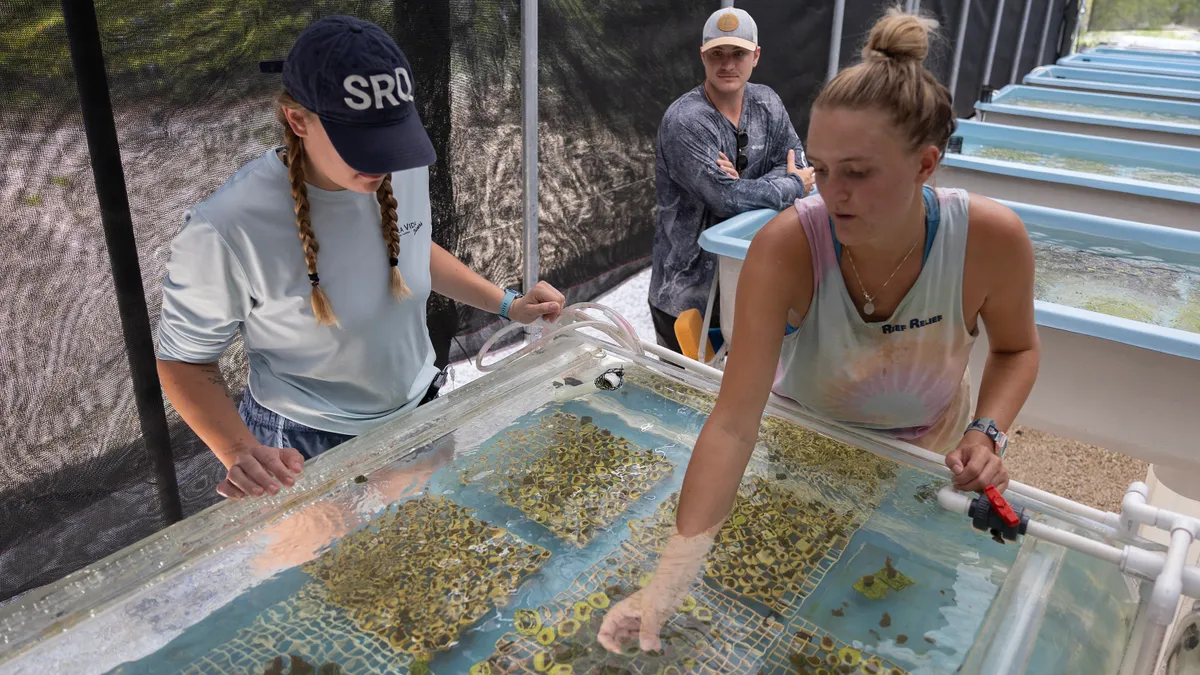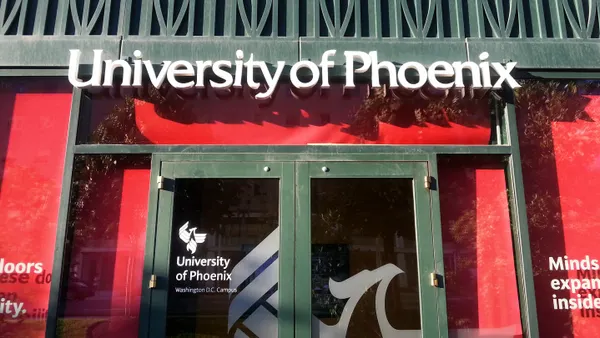Leadership programs designed to inspire and train the next generation of leaders are the foundation of succession planning. But, how can those programs succeed if an organization doesn't have a system for accurately identifying employees who demonstrate the potential to become great leaders? It’s critical that organizations have the tools to assess and predict the success of employees before they invest a great deal in them.
The future demands great leaders
The workplace is continually being disrupted by new technology, such as artificial intelligence and automation. It takes high-potential employees to adjust to such changes and thrive in the business environment today. But many employees who are put into high-potential programs don't actually belong there.
In May 2017, Aon Hewitt, the global professional services firm, released a new report called “High-Potential or No Potential", which addresses companies' need to quickly and effectively identify top employees with the right stuff. The report found:
- 100% of top companies have formal strategies for identifying high-potential talent;
- 92% of top companies identify high-potential employees in first-level management roles; and
- 56% of top companies formally assess potential in entry level positions.
However, it is dangerous and costly to put an employee who does not have high-potential into a role that he or she is not prepared for. It ends up taking a lot longer to train someone in this situation and very often these "misfits" will not speak up to ask for help. Instead, they will just check out and eventually quit.
Assessing high-potential employees
To get down to the root of these issues and find out what it takes to identify high-potentials, HR Dive spoke with Jim Donohue, partner and manager of leadership, organization and talent at Aon Hewitt.
HR Dive: Why do employers confuse high-performance employees with high-potential employees?
Jim Donohue: In our findings, there are two distinct buckets of what high-performers are and what high-potential employees are. One is current state; the other is a prediction of the future. One looks at the past performance in other jobs; the other is about potential. We must look through the lens of an individual’s capabilities and not so much about whether they met goals in a past job. Here is an interesting nuance: Could you be high potential if you have not had a good track record? The answer could be, “yes”, if given the right opportunity.
HR Dive: How can employers get to the root of what career goals and aspirations employees have?
Donohue: Managers should be having these conversations with employees on a regular basis, and especially make them part of performance reviews. Give employees a chance to talk about their goals instead of just looking at the past. This is something that managers need to be doing within the same conversations. When talking about career goals, the employee needs to help drive his or her own career direction. However, employers also have some responsibility to provide navigation framework to make sure there is support to reach these goals. Employees have more options in the post-recession world. Things are much more front and center than a few years ago when there were cuts in training programs. This means companies need to step up and offer learning opportunities that can help employees reach their goals, otherwise a competing firm will do it.
HR Dive: Let’s talk about the “3 Dimensions of Leadership Potential” as outlined in your report - how can employers use this model to predict superstar employees?
Donohue: There are three main components that include ability, agility and aspiration. All three of these factors must be aligned to define true high-potential of employees.
We looked at ability, which is the potential of an employee to advance one or two levels within the organization. Then there is agility, which is someone who is flexible and ready for change. And aspiration, which describes employees who are ready and willing to take on more. These are the employees who don't mind the possible trade-offs such as added travel, time away from family, etc.
HR Dive: In terms of career development and learning, how to employers best address the needs of high-potential employees who may easily become bored with traditional training?
Donohue: We tend to think about development very broadly. But in reality, what works well is to give employees ‘stretch experiences’ that force employees to go beyond their capabilities. This is part of experiential learning that has been shown to keep them engaged and retained.
The other element of success is giving constant feedback, interventions and coaching. Talking with employees about how can they get better. We need to get rid of Powerpoint presentations and instead use small cohorts and have our leaders share.
HR Dive: What's different or better about high-potential employee assessments vs. performance reviews and other tools for measuring or predicting future success?
Donohue: [High potential employee] assessments are multi-modal and multi-platform. They look for traits such as personality, cognitive ability, leadership and more. While no one test or assessment tells the full story, employees who are treated to a full day experience will begin to show their true potential. A combination of online assessments and career direction interviews, parlayed with simulated business situations gives a more complete, 360-degree view of people.
HR Dive: The Aon Hewitt report advocates telling high-potential employees of their status. Is this wise given the potential for some employees to be self-entitled or over-ambitious?
Donohue: It used to be that we didn't tell people about their potential because we were fearful of the outcome. Now that has changed. Transparency is a good thing in the professional development scene. Millennials have an expectation of knowing what the assessments are about. Therefore, the more information given to them, the better.
With that said, however, there needs to be a follow-up, as being a high-potential employee should not be seen as a badge to carry around. This must be earned and re-earned annually. Organizations should continuously look at high-potentials on a semi-annual basis, to ensure who's got the right designation.
All of this must be managed in a fair way and be non-disruptive to the organization. High-potential employees may work harder and be more motivated. It’s good information about their reaction to this. If they get an attitude or become unmotivated - this is a good coaching opportunity.




















